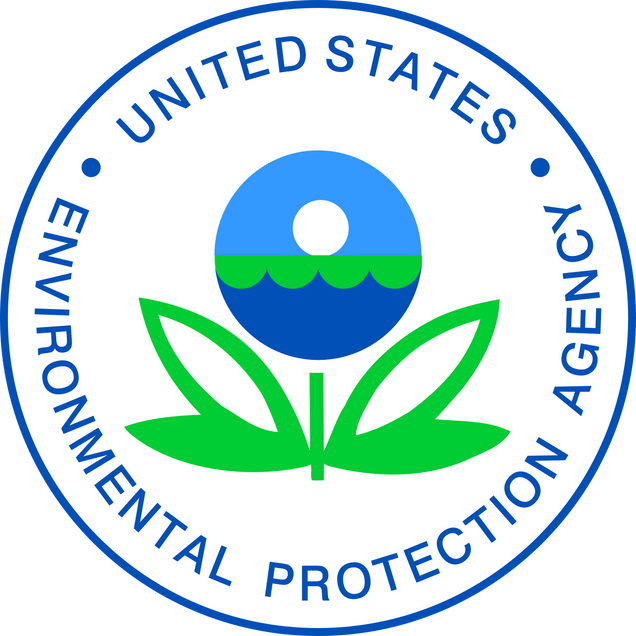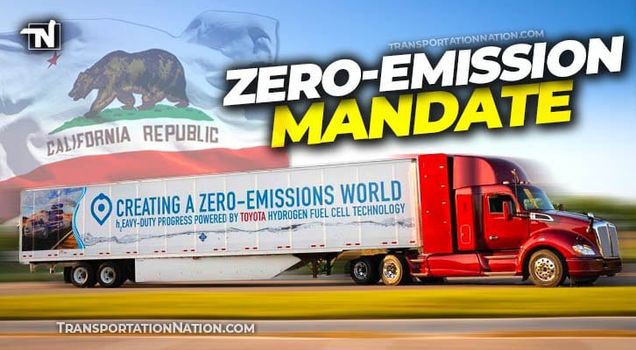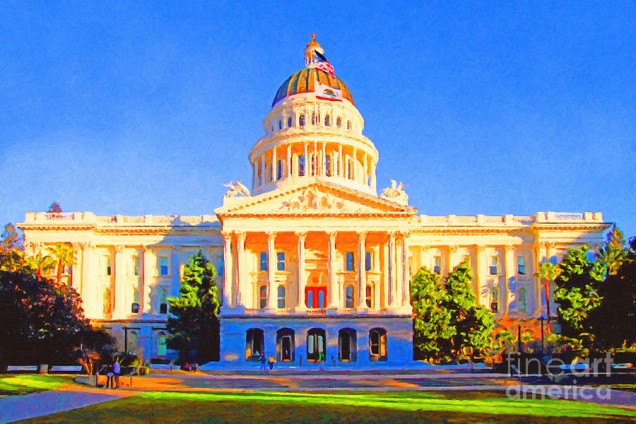Fighting the Federal Government: California’s Mission to Stop Environmental Rollbacks
In July of 2020, California passed the historic Clean Trucking Rule, the first of its kind in the world. The rule requires manufacturers to sell increasing percentages of zero-emission trucks in the state. While many have applauded the action, the Trump administration was not a fan of the rule. California and the Trump administration have been at odds for years, as California has attempted to make up for the lack of climate action at the federal level. Over just four years, President Trump’s administration reversed over 100 environmental rules and regulations. To make up for the loss, California has passed numerous regulations and initiated at least twenty-four lawsuits to halt the Environmental Protection Agency’s (“EPA”) rollbacks. California, given its unique legal status on environmental issues, has proven itself to be a clear leader on climate action and emission reduction.
The Clean Air Act
When it comes to the climate, California is not restricted by Constitutional provisions such as the Commerce and Preemption Causes. The Clean Air Act (“CAA”), first passed in 1970, gives the federal government the ability to regulate pollutants that are emitted into the ambient air and prohibits states from adopting or attempting to enforce any of their own motor vehicle emission controls. However, section 209(b) of the CAA allows states that had adopted standards prior to 1966 could apply for a waiver to that prohibition; and only California qualified. California was the first state to attempt controlling auto pollution and needed the ability to adopt more stringent controls to address the state’s extreme smog problem. To set new motor vehicle emissions standards, California must apply for a waiver from the EPA. The EPA administrator shall grant the waiver unless the standard is (1) arbitrary and capricious, (2)is not needed for compelling and extraordinary conditions, or (3) is not consistent with the CAA. Since 1970, administrators have consistently granted California its waivers. One exception was a waiver for new emissions restrictions on vehicles starting in 2009 that was initially denied in 2008, but President Obama later reversed the denial. This waiver program has created numerous California programs that differ from federal standards, including the Zero Emissions Vehicles (“ZEV”) Program, The Advanced Clean Cars program, and Low Emission Vehicles (“LEV”) Standards.
Under section 177 of the CAA, other states can choose to adopt either the current federal regulations or the California regulations if that will help the state achieve the CAA requirements more efficiently. As of August 2019, fourteen states have adopted portions of California’s ZEV and LEV programs.
California’s New Rule
The California Air Resources Board (“CARB”) established the Advanced Clean Truck Program. The program requires that
beginning in 2024 manufacturers sell zero-emission trucks— that is electric and fuel cell powered trucks—as an increasing percentage of their annual California sales. Zero emission trucks need to make up 55% of Class 2b – 3 truck sales, 75% of class 4 – 8 straight truck sales, and 40% of truck tractor sales by 2035. Massachusetts and seven other states have pledged to follow California’s lead for medium and heavy duty trucks. Additionally, fifteen states and Washington D.C. have signed a memorandum of understanding pledging to each develop an action plan to support widespread electrification of medium and heavy duty vehicles.
With these monumental steps forward, the federal government started to push back. The Trump EPA and National Highway Traffic Safety Administration (“NHTSA”) issued a final rule titled the “One National Rule Program,” which finalized parts of the Safer, Affordable, Fuel-Efficient (“SAFE”) Vehicles Rule that was first proposed in August 2018. The action makes clear that federal law preempts state and local tailpipe greenhouse gas emissions standards as well as ZEV mandates. As soon as President Biden took office, however, he ordered federal agencies to reexamine these changes.
The EPA and California’s Rule
 The California rule is set to take effect in 2024, but a waiver must be approved by the EPA beforehand. The EPA has never gone through a denial of a California waiver before, but that has not stopped the Trump Administration from trying to revoke previously granted waivers for zero emission passenger vehicle standards. The EPA is pursuing the revocation of California’s 2013 preemption waiver for greenhouse gas emissions and ZEV programs. This revocation is currently being challenged in court. If former President Trump won the 2020 election, the EPA may have tried to deny California’s zero emission truck regulations waiver. The EPA, however, would have faced an uphill battle because there is clear evidence that reducing emissions is necessary to help California achieve its CAA goals. California’s argument would have been bolstered by the recent wildfires that destroyed large swaths of the state. It was unlikely the EPA could have offered enough solid evidence to uphold their waiver denial. In addition, most legal experts agree that California, and the states that follow their regulations, had a strong case that the Trump Administration’s efforts were unlawful. Still, the changing balance on federal appeals courts and the Supreme Court could undermine California’s waiver process and spell the demise of the original purpose and intent of the CAA. For the time being, however, California and allied states continue to have a valuable tool to fight climate change and reduce emissions across the entire nation regardless of who controls the EPA.
The California rule is set to take effect in 2024, but a waiver must be approved by the EPA beforehand. The EPA has never gone through a denial of a California waiver before, but that has not stopped the Trump Administration from trying to revoke previously granted waivers for zero emission passenger vehicle standards. The EPA is pursuing the revocation of California’s 2013 preemption waiver for greenhouse gas emissions and ZEV programs. This revocation is currently being challenged in court. If former President Trump won the 2020 election, the EPA may have tried to deny California’s zero emission truck regulations waiver. The EPA, however, would have faced an uphill battle because there is clear evidence that reducing emissions is necessary to help California achieve its CAA goals. California’s argument would have been bolstered by the recent wildfires that destroyed large swaths of the state. It was unlikely the EPA could have offered enough solid evidence to uphold their waiver denial. In addition, most legal experts agree that California, and the states that follow their regulations, had a strong case that the Trump Administration’s efforts were unlawful. Still, the changing balance on federal appeals courts and the Supreme Court could undermine California’s waiver process and spell the demise of the original purpose and intent of the CAA. For the time being, however, California and allied states continue to have a valuable tool to fight climate change and reduce emissions across the entire nation regardless of who controls the EPA.
 Conner Kingsley anticipates graduating from Boston University School of Law in May 2021.
Conner Kingsley anticipates graduating from Boston University School of Law in May 2021.



